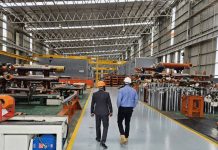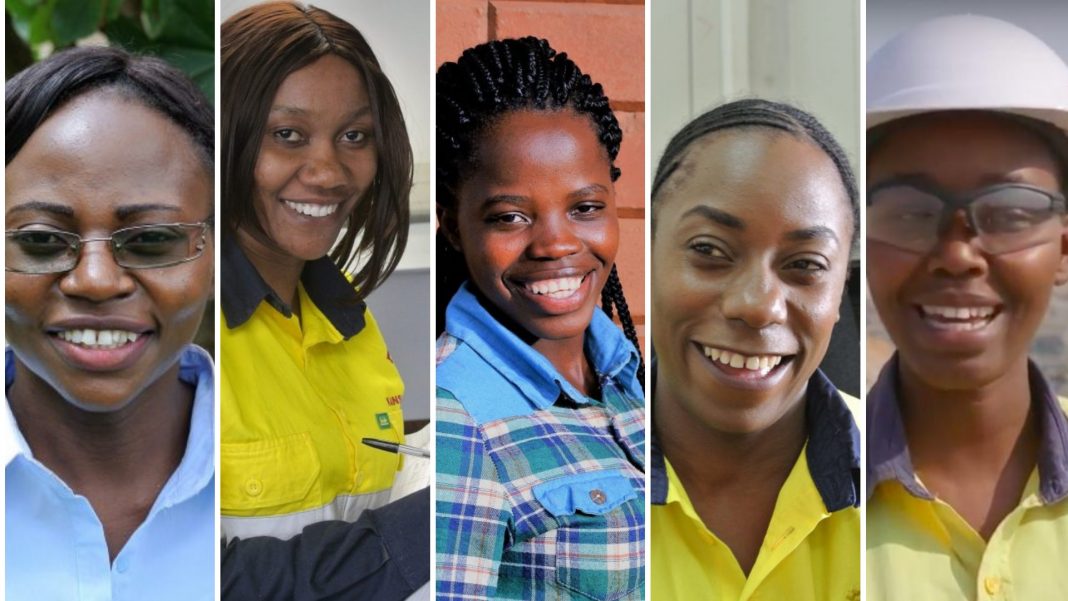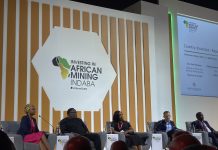Mining is not an industry that is known for its abundance of female staff. Globally, the industry has a female workforce of just 5-10% on average. But Zambia’s top mining houses are taking steps to change that, and bridging the gender divide in one of the country’s largest industries – one woman at a time.
1. Zambia is ahead of the curve when it comes to mining-focused education
More Zambian women are groomed for mining professions every year, thanks to an increased focus on mining-related subjects at universities and technical schools across the country. Bursaries serve as effective incentives for women to enter the industry, and ensure that they are equipped with the skills to compete in a male-dominated work environment. Even though male students still outnumber their female counterparts, creating a pool of female talent in mining now will ensure that women have a greater presence in the years to come.
The global mining industry still has a long way to go to bridge the gender divide
Mopani Copper Mines’ training centre in Mufulira gives female students in its annual training programmes hands-on experience with the kinds of challenges they may face in the workplace. First Quantum Minerals’ Kansanshi Mine has undertaken to train more women at its Solwezi Trades Training Institute in North-Western province. Both male and female students leave the institute equipped with skills in areas like metal fabrication, heavy equipment repair, and electrical power. In 2017, Kansanshi Mine took its commitment to women in mining a step further by sponsoring an all-female intake.
Initiatives like this are paving the way for greater inclusivity and gender diversity in mines across Zambia, and beyond.
2. South Africa’s mining industry is currently the world’s most gender diverse
It’s hard to believe that, until the 1990s, legislation prevented South African women from working underground. But today, mining companies in South Africa are leading the way in terms of gender diversity. No country has a higher proportion of female board members within mining companies, with women on the boards of South Africa’s top 100 listed mining companies comprising 21%.
3. The global mining industry still has a long way to go to bridge the gender divide
The mining industry’s small female workforce is one area where it needs to improve. The number of female board members is another. Research shows that no other major industry has fewer women on its boards, including the oil and gas industries. Within the world’s top 500 listed mining companies, a little over 7% of directors are women, and only seven CEOs are female.
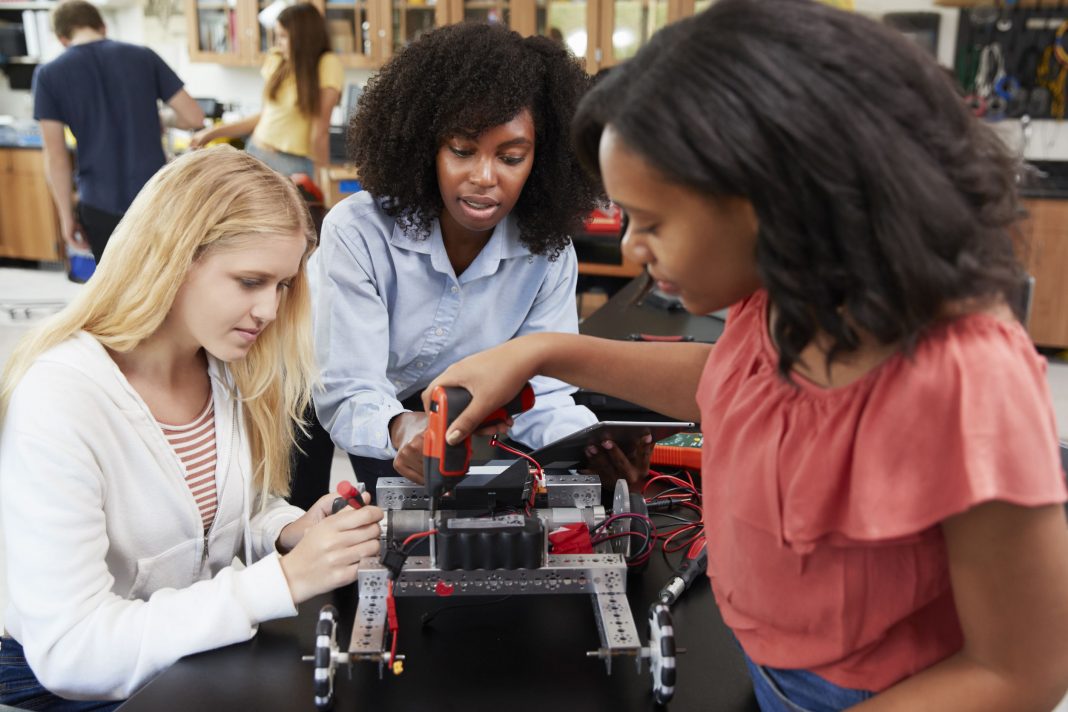
Vedanta Limited is one company that has broken the mould with its appointment of Ms. Deshnee Naidoo as CEO of Konkola Copper Mines (KCM), which operates in the Copperbelt and Central Provinces. Ms. Naidoo has also been tasked with driving synergies between KCM and Vedanta Zinc International in South Africa and Namibia. Twenty years of experience in resources make her well-equipped for this wide-reaching role, in which she also serves as CEO of Africa Base Metals.
As more young women enrol in mining-focused courses at universities and technical schools across Zambia, people like Ms. Naidoo are an important reminder of women’s potential to rise to the top of their industry.
4. Mining legislation speeds up gender diversity and has knock-on effects too
South Africa’s progress from a female workforce of just 2% in 2000 to over 13% today is largely attributed to mining legislation and targets laid out in the Mining Charter. But it isn’t legislation alone that has been effective: it’s the knock-on effects that improve employment opportunities for women.
Creating a pool of female talent in mining now will ensure that women have a greater presence in the years to come
Strengthening university “pipelines” for mining as a profession is particularly effective in getting women into employment at all levels within the industry. At the University of the Witwatersrand, female students make up approximately 35% of the mining engineering class. Kansanshi Mine’s all-female student intake included 42 scholarships for school leavers in the mine’s catchment area.
Bursaries targeted at female students encourage women to pursue specialist positions in mining, and will ensure an influx of female engineers and geologists – not just office staff – into the industry. It will be several years before these graduates take their places at the top, but the groundwork is being laid.
5. Technology is the biggest driving force behind women in mining
Progressive employment legislation over the last few decades has gone a long way to facilitate women’s entry into the mining industry. But the growing dominance of technology is the gateway that has opened up positions for women in roles that once required the physical stamina typically associated with men.
The cutting-edge technology that is central to mines’ operations in Zambia and beyond means that many labour-intensive tasks have been mechanised, so numeracy, literacy, problem-solving and specialist skills are more valued than ever. The demand for these kinds of skills has created more occupations that attract women to mining.
The future is female
Today, you’ll find women at major mines in Zambia’s North-Western Province and in the Copperbelt working as truck drivers and blast-supervisors, as well as department heads and engineers. It’s true: they partly have technology to thank. But getting where they are today took more than that; it took courage. They dared to be different: to be the minority in their graduating class, to be the exception to the norm on site. You’ll notice a spark when you meet them; a glimmer in their eye. And that’s exactly how they’re inspiring other women to follow in their footsteps and enter the mining world: that kind of courage is contagious.
See also: Women In Mining



















